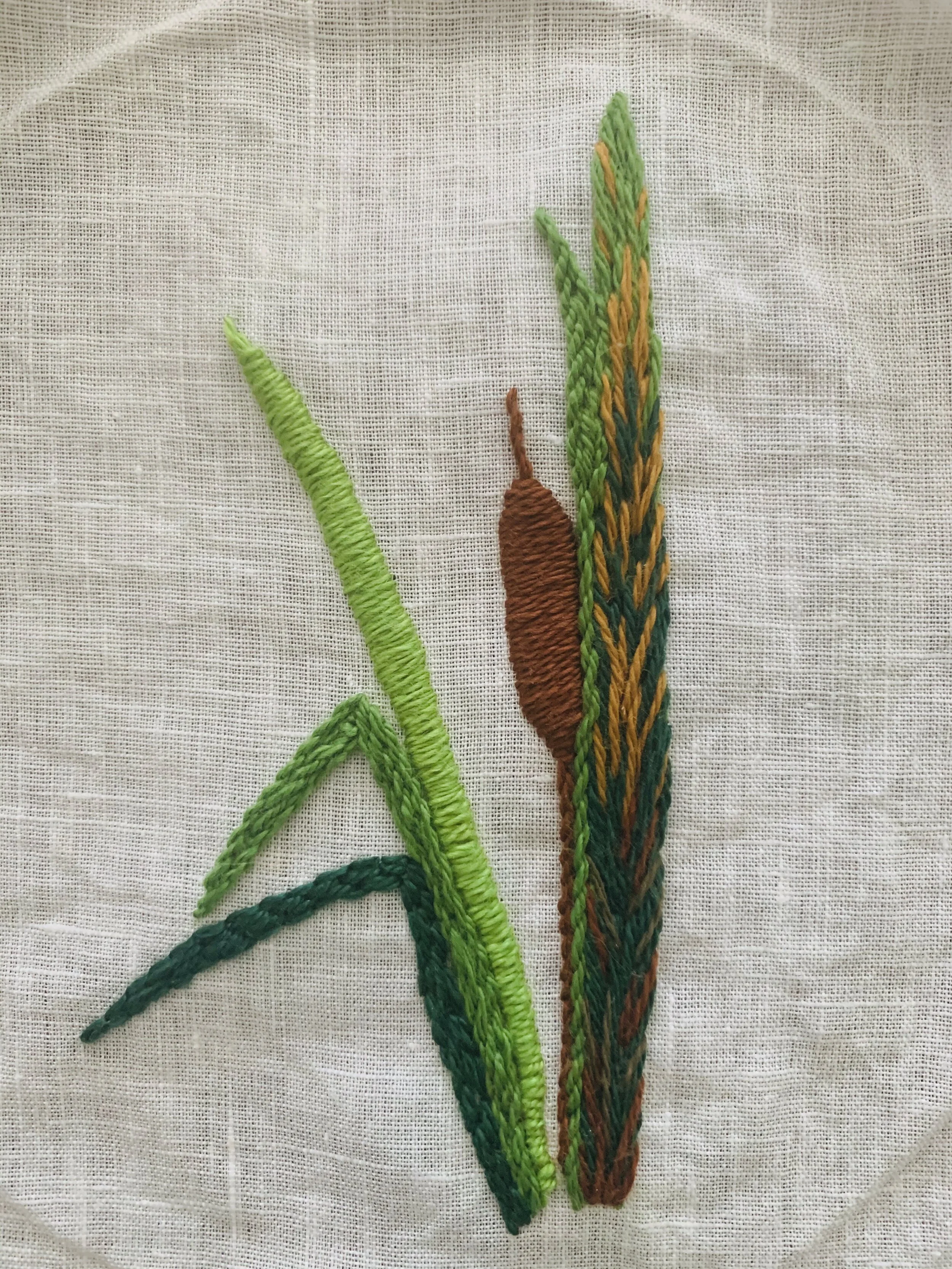Notes on Textiles -- by Alex Ranieri (Pt. 2)
Continued from Pt. 1
What I found on my return was that, far from being cordoned off from textiles, clothing, and handiwork, my favorite texts were bursting with references to the needle arts and their results. Homer clothes Helen in “shining linen”, Austen’s novels teem with women on the outs making do with knitting and sewing for rent money, and the Brontes fill their novels with handiwork. When I began to read Parzival, the medieval romantic epic by Eschenbach, from the first page I found meticulous and lavish descriptions of clothes; samite, or heavily brocaded silk, being the poet’s favored textile, although wool gets good press, too. In one castle, the squire apologizes to Parzival because the suit of clothes which, traditionally, was made for every high-born medieval guest on their arrival to a new hall, is not quite finished yet. (Parzival arrived that morning.)
How had all this talk of textiles, embroidery, and needlework, so integral to the works, so seamlessly brought from the author’s lives to the realm of literature, and so rich in symbolism and dramatic tension, escaped my notice? Of course I knew the highlights; Penelope’s spectacular maneuvering with her woven tapestry being one; but the rest had flown completely under my radar. How had something so important and commonplace for centuries become, to a 21st century reader, completely invisible?
It is easy to blame fast fashion, the collapse of American manufacturing, and the intense consumerism which has driven American society over the past half a century or more. It is also easy to see how young women and men might shy away from something considered old-womanish or “too feminine”. But there is, I believe, a deeper thread in our ignorance, and of a sadder hue; we have been encouraged, at every level of society, to do without everyday beauty. To spend many hours on a piece of embroidery which will become no more than a footstool is considered an enormous waste of time. To surround ourselves with things we ardently love because we have poured hours and hours of joy, pain, and frustration into their birth has become nigh impossible. Why, after all, do we not spend that time either working long hours at a job we dislike or vegetating in front of our phone screens, attempting to squash our deep unhappiness with stories of fictional victims of the same rat race?
We have been told there is no time. But that is completely wrong. Each of the artists I have mentioned had difficult lives, full of time-consuming responsibilities. Bronte worked as a teacher and governess, sometimes with as little as an hour of free time per day. Austen was constantly at the beck and call of demanding relatives, when she was not helping to run her family’s own house. Eschenbach’s poetry is full of references to his own abject poverty, and there is some speculation that he was illiterate. Nevertheless, each and every one found plenty of time either to make beautiful garments and pieces of needle art, or to sing the praises of those skilled enough to do so. Let us allow ourselves the same pleasures.





